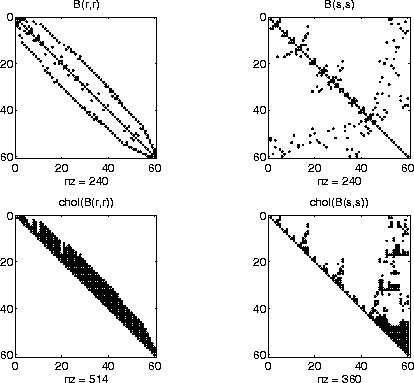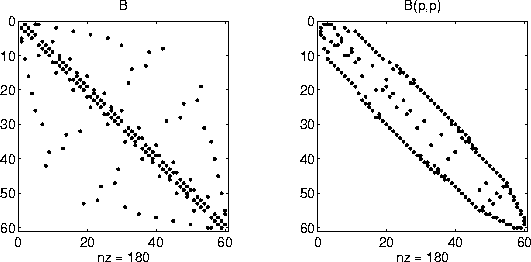Standard deviation
Syntax
s = std(X)
s = std(X,flag)
s = std(X,flag,dim)
Definition
There are two common textbook definitions for the standard deviation s of a data vector X:

where and n is the number of elements in the sample. The two forms of the equation differ only in
and n is the number of elements in the sample. The two forms of the equation differ only in  versus
versus  in the divisor.
in the divisor.
Description
s = std(X),
where X is a vector, returns the standard deviation using (1) above. If X is a random sample of data from a normal distribution, s2 is the best unbiased estimate of its variance.
If X is a matrix, std(X) returns a row vector containing the standard deviation of the elements of each column of X. If X is a multidimensional array, std(X) is the standard deviation of th elements along the first nonsingleton dimension of X.
s = std(X,flag)
for flag = 0, is the same as std(X). For flag = 1, std(X,1) returns the standard deviation using (2) above, producing the second moment of the sample about its mean.
s = std(X,flag,dim)
computes the standard deviations along the dimension of X specified by scalar dim.
Examples
For matrix X
X =
1 5 9
7 15 22
s = std(X,0,1)
s =
4.2426 7.0711 9.1924
s = std(X,0,2)
s =
4.000
7.5056
See Also
corrcoef, cov, mean, median
[ Previous | Help Desk | Next ]

 and n is the number of elements in the sample. The two forms of the equation differ only in
and n is the number of elements in the sample. The two forms of the equation differ only in  versus
versus  in the divisor.
in the divisor.